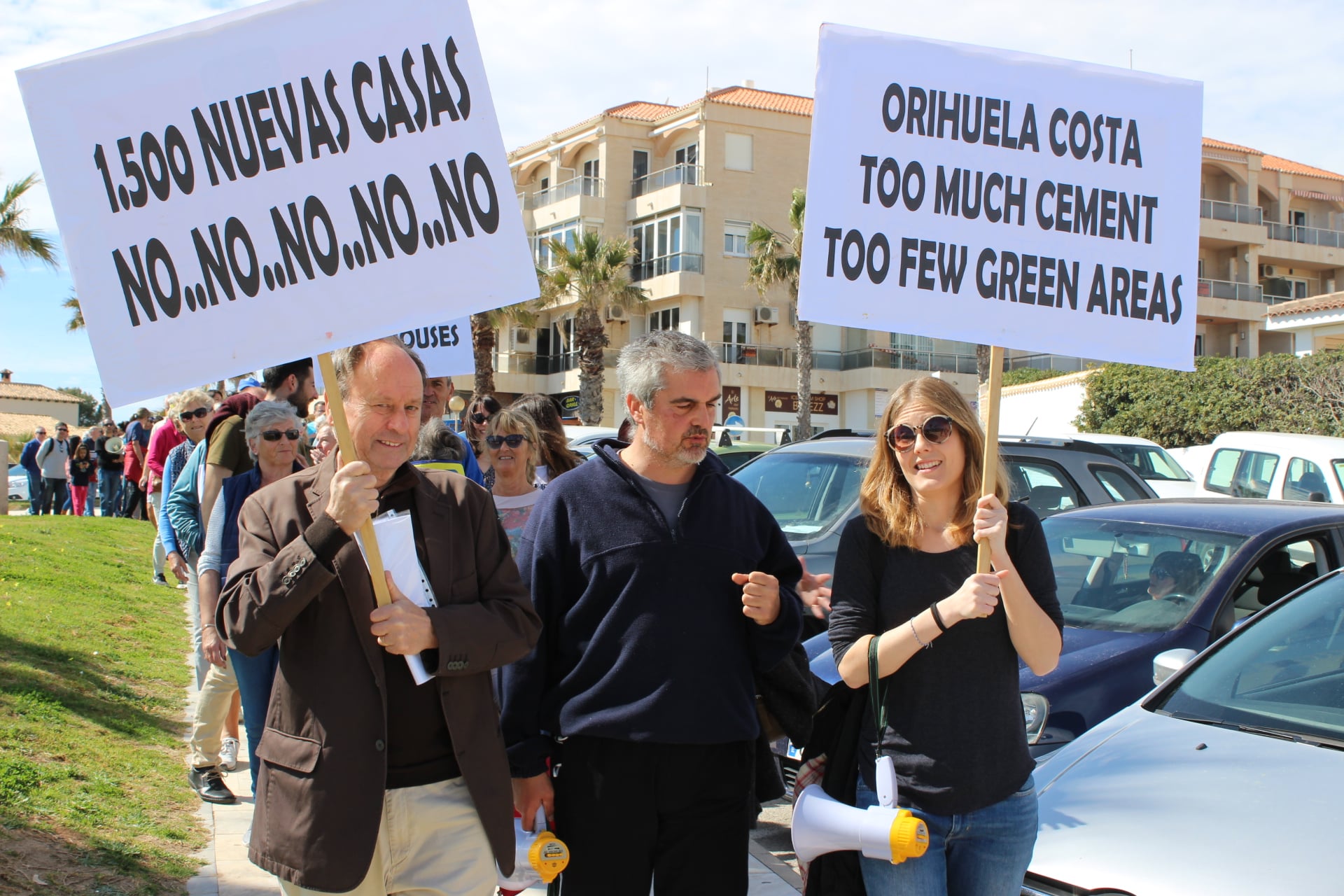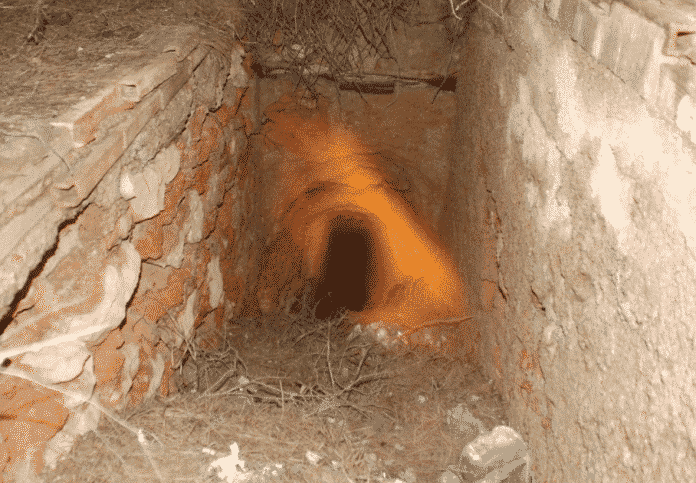
Since the plan to build 1,500 new houses on Cala Mosca, the last green area of Orihuela Costa, was approved in 2007, every effort has been made to avoid this environmental disaster which would add thousands to a population already deprived of basic services such as street cleaning and maintenance of parks and gardens. A decisive step was the presentation by C.L.A.R.O in 2010 of a Petition with over 7,000 signatures to the European Parliament which resulted in paralysing the project for several years.
In November last year, under the leadership of the Ciudadanos Councillor in charge of Urbanismo, approval by the Orihuela Town Hall came perilously close and was only stopped by the Secretary General because of numerous irregularities in the proposal. It emerged that the latest plan was not for 1,500 new houses but 2,000 which would result in an increase in the population of Orihuela Costa of some 6,000, 20% of the existing registered population.

Since then a number of other irregularities have emerged which could seriously damage the chances of this destructive plan being approved by Orihuela Town Hall.
The latest is an intervention by the state Fiscal Prosecutor requiring an up to date census of the two protected species present in Cala Mosca, a plant and a snail. It would appear that the numbers provided by the Developer, Gomendio, do not correspond to the reality. It could be that by underestimating the number of the two species, the Developer has obtained more land for the construction of houses. This issue, raised by the state Prosecutor, is potentially very damaging and will be followed with close attention.
It comes on top of a hugely important report by the national Traffic Department objecting to the construction project (then only 1,500 new houses!!) on the grounds that the principal exit from the planned urbanisation gives directly on to N-332 and would add thousands of additional vehicles to the already congested N-332, plus a corresponding noise contamination. The Orihuela Town Hall has apparently no intention of requiring the Developer to take measures to meet the objections of Trafico.
Finally, the Town Hall has been notified that before approval the construction project requires a Cultural Impact Study. Among the reasons for requiring this study is the fact that remains have been found on Cala Mosca of an ancient water system which might need to be preserved.
All in all, an impressive number of obstacles which give hope that the destruction of Cala Mosca can be saved and Orihuela Costa can maintain a last green natural area of coastline. The rest is already covered in concrete.





